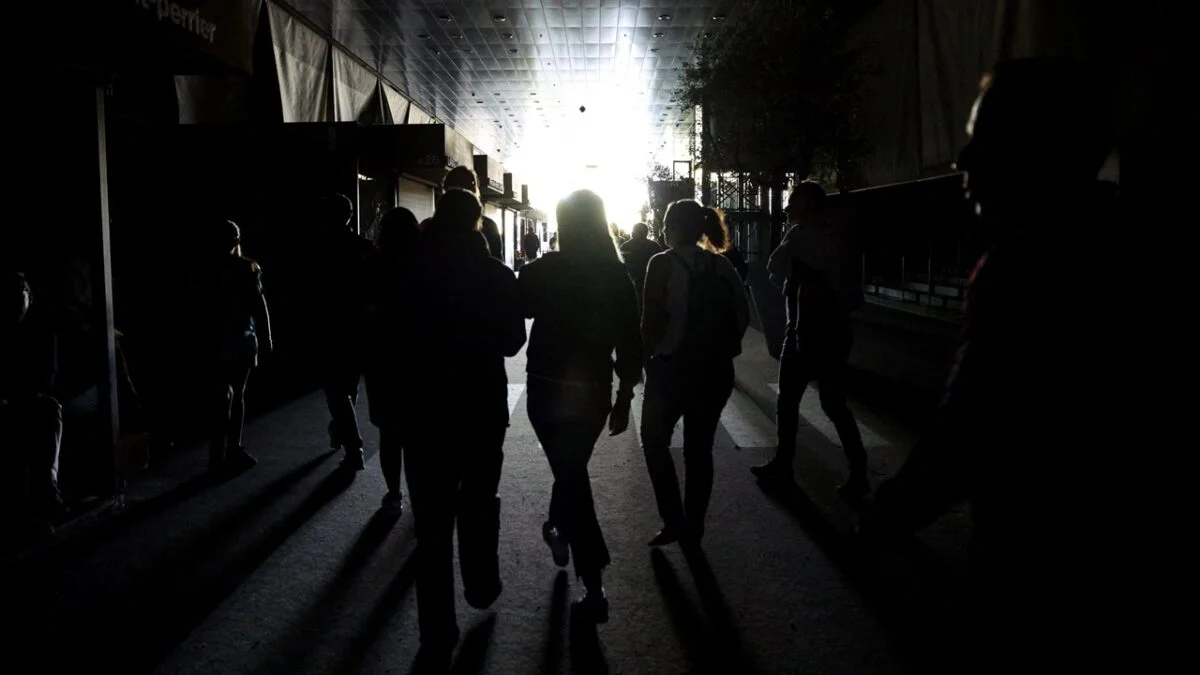
Category: Uncategorized
-
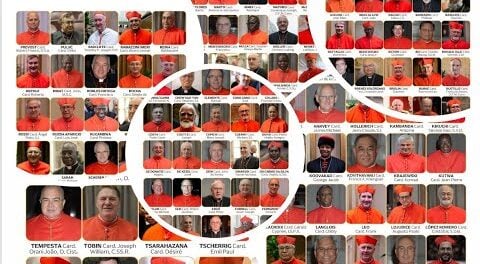
Possible Candidates for The Next Pope!
Read More: Possible Candidates for The Next Pope!Some Candidates for the New Papacy Today we will share with you an article from the BBC which discusses many likely candidates that may be elected as the next pope. One candidate is Pietro Parolin who is 70 years of age, and is of Italian background. Pietro was the Vatican’s Secretary of State under the…
-
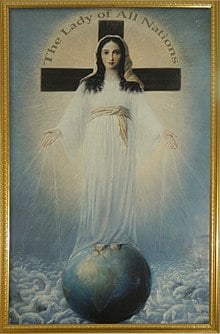
READ NOW! The Prophecies Of Amsterdam |Lady of All Nations
Read More: READ NOW! The Prophecies Of Amsterdam |Lady of All NationsThe Vatican’s Dicastery for the Doctrine of the Faith recently addressed ongoing questions about alleged apparitions and messages from 1945-1959 in Amsterdam, known as the devotion to the “Lady of All Nations.” A decision made on March 27, 1974, by the Sacred Congregation (now the Dicastery), was revealed. At that time, the cardinals unanimously judged…
-
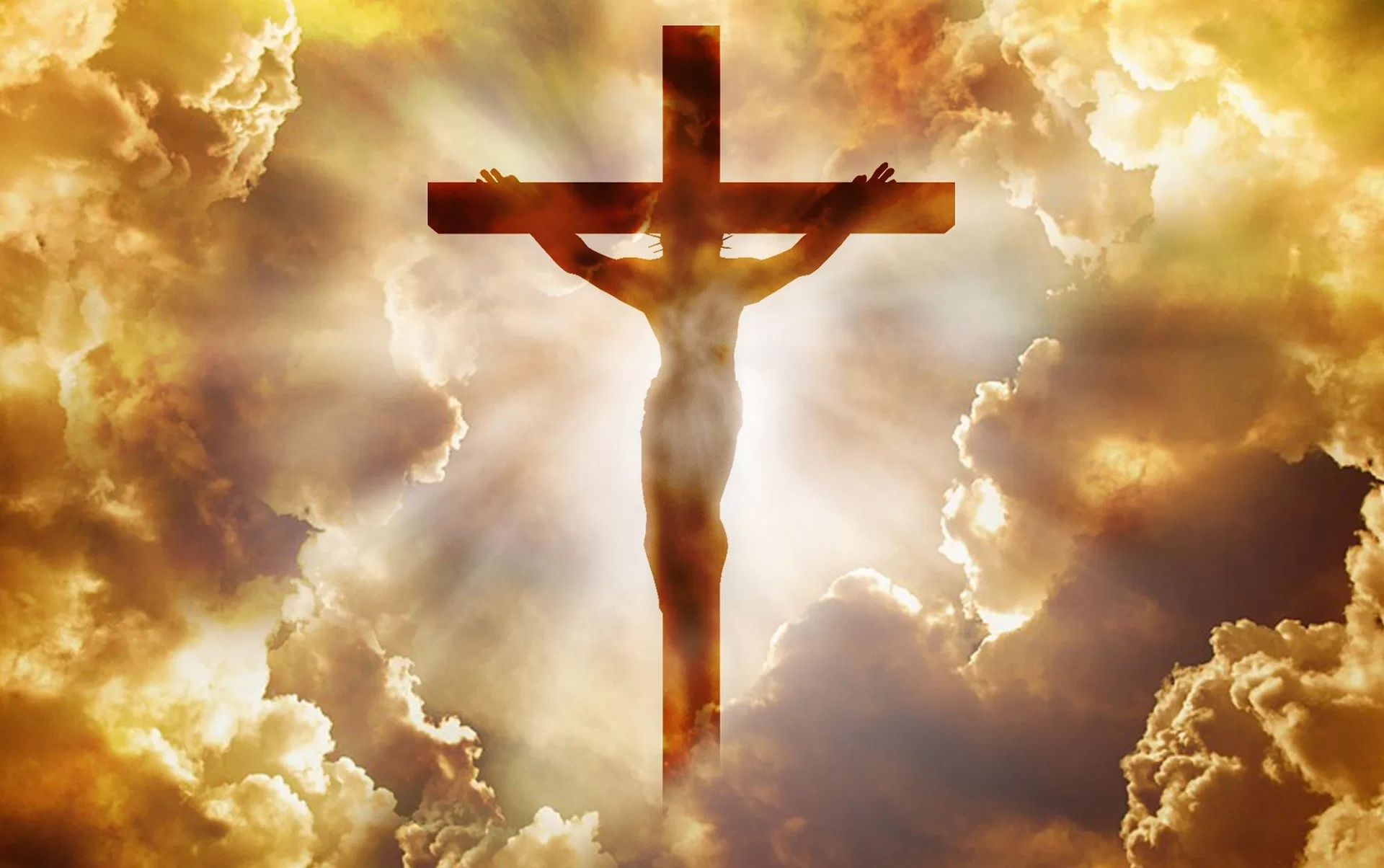
How to Prepare For the Illumination of Conscience By Exorcist and Mystic
Read More: How to Prepare For the Illumination of Conscience By Exorcist and MysticPowered By EmbedPress Powered By EmbedPress
-
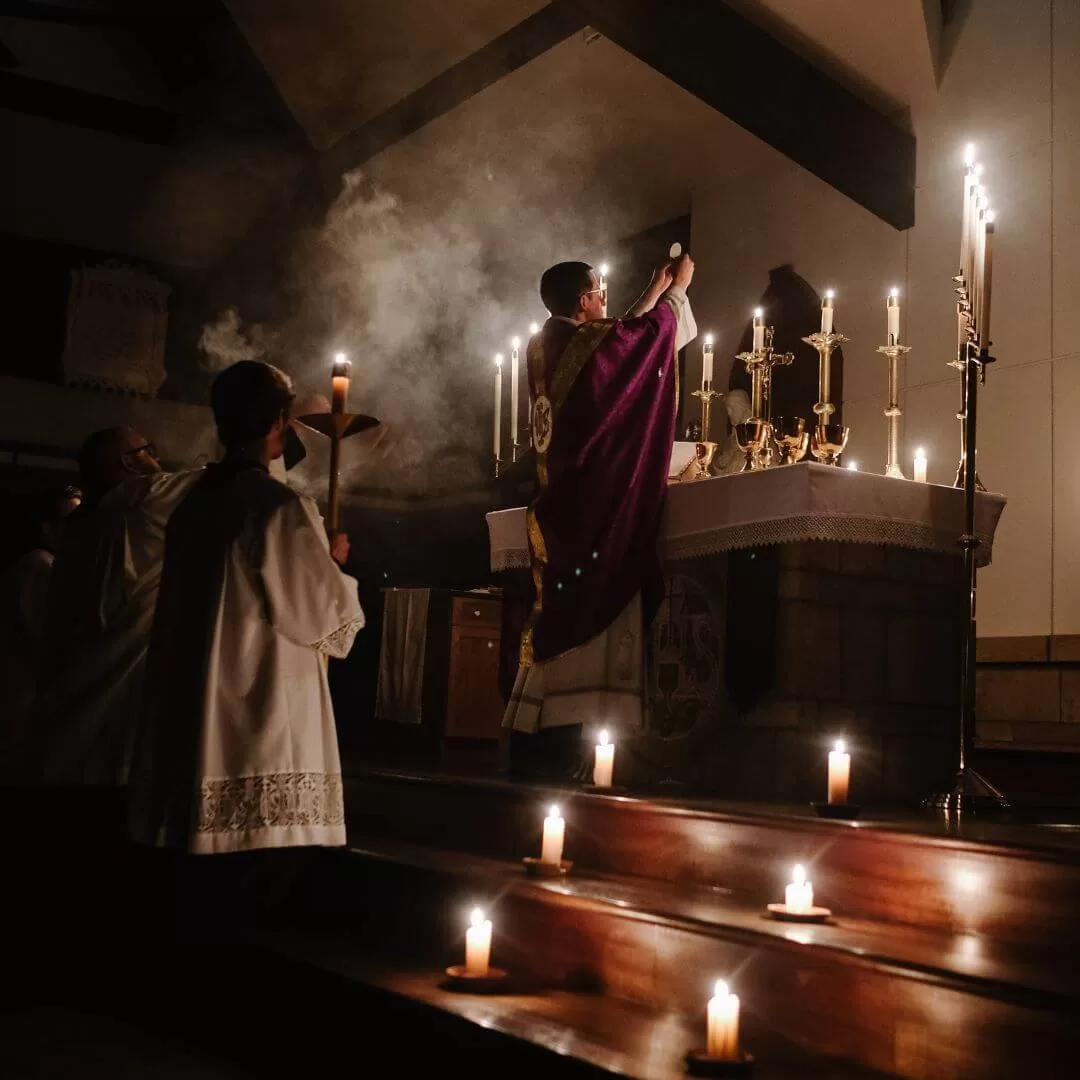
What are Gregorian Masses? How Do They Help the Souls in Purgatory?
Read More: What are Gregorian Masses? How Do They Help the Souls in Purgatory?The Reality of Purgatory Almost all of us will have to pass through Purgatory to “purge” ourselves from the stains of faults committed during life. If we go to Heaven, we cannot have the slightest shadow of sin. Even dying in the grace of God and piously receiving the last sacraments does not guarantee that we will go…
-

France breaks record for number of baptisms| 12,000 during Easter Vigil
Read More: France breaks record for number of baptisms| 12,000 during Easter VigilOn Holy Saturday 2024, about 7,000 adults and more than 5,000 teenagers were baptized. https://www.youtube.com/watch?v=zIMXP7p886k
-

Chaplet of the Two Most Holy Hearts |Free Downloads!
Read More: Chaplet of the Two Most Holy Hearts |Free Downloads!Powered By EmbedPress
Search
Popular Posts
-
🙏 A New Chapter Begins: Supporting Pope Leo XIV with Prayer and Hope | W/ Daniel O’Connor
“Give the new pope a break and support him with your prayers.”–…
-
Possible Candidates for The Next Pope!
Some Candidates for the New Papacy Today we will share with you…
Categories
Archives
Tags
#Miracles (102) 2023 (4) 2024 (4) approved miracles (2) catholic (141) catholic blog (375) catholic meditations (7) catholic miracles (371) catholic motivation (2) catholic news (371) catholic prayers (4) CatholicSeers (359) catholic vlog (375) catholic websites (6) Eucharistic miracle (2) fr jim blount (3) GisellaCardia (11) hamas (3) imitation of christ (2) Israel (4) israel live (5) Israel news (9) jesus (3) jesus christ (4) Latest messages (11) lent 2023 (10) lent 2024 (4) lent homily (2) lent retreat (4) lent retreat 2023 (3) Lourdes (2) messages from god (6) MessagesFromHeaven (364) miracles of catholic church (2) mother and refuge (2) ourlady (325) OurLadyApparitions (22) our lady of lourdes (2) Pope (2) POPE francis (3) pope francis news (2) prayers (3) real miracles (356) sacred heart of jesus (2) The Miracles of Lourdes (2)







